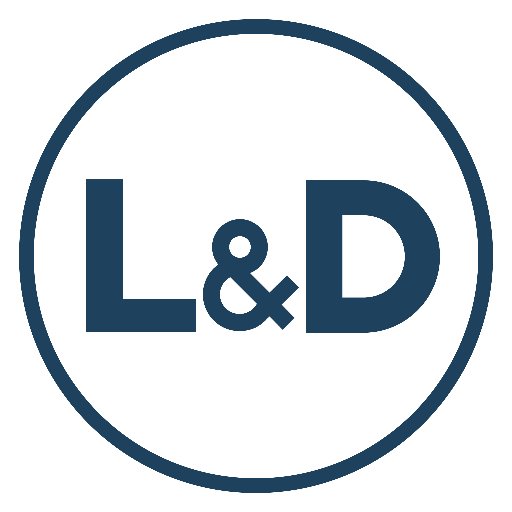TOP 10 WORKPLACE TRENDS IN 2017
(Training magazine March/April 2017)

INDUSTRIAL ORGANIZATIONAL (I-O) PSYCHOLOGISTS study workplace issues of critical relevance to business, including talent management, coaching, assessment, selection, training, organizational development, performance, and work-life balance. Based on a survey by The Society for Industrial and Organizational Psychology (SIOP) of 800 of its members (http://www.siop.org/article_view.aspx?article=1610), here are the Top 10 workplace needs I-O psychologists are predicting business will want to address in 2017:
#10 Increased focus on employee health and wellness: Research continues to illuminate the effects of stress on employee satisfaction, motivation, effectiveness, and engagement.
#9 Data integration across sources, systems, and processes: Organizations will focus on combining multiple disparate pieces of workforce data (e.g., engagement surveys, HRIS data, exit interview data) and performing analytics across and over time.
#8 Growing importance of diversity and inclusion: Specific issues include understanding how implicit/unconscious bias affects how you interact with others, increased diversification in the workplace, the need to be more inclusive, and issues arising from an increasingly global workforce.
#7 Capturing the voice of the employee: Organizations may focus on utilizing continuous listening/pulse surveys and examining passive data for employee opinions and behaviors.
#6 The changing nature of the workplace: Organizations may need to continue to redesign jobs and workspace to accommodate Millennials. In addition, new technology, innovations, and the growing use of artificial intelligence could have drastic implications for how organizations and employees function.
#5 Flexibility and its effect on the way work is done: A greater emphasis will need to be placed on how people get their work done, how they collaborate, and how to create meaningful, satisfying interpersonal interaction among remote workforces.
#4 People analytics: Employers will use analytics for HR decision-making, assisting in selection decisions, and talent identification and management.
#3 Leveraging big data to make date-driven decisions: Organizations will work to tie all their data to workforce planning to make better workforce decisions and create meaningful data-based action plans.
#2 Adapting to change effectively: Organizations need to think strategy about structural changes in the world economy and their workforce implications.
#1 The changing nature of performance management: There will be a greater emphasis on real-time feedback, daily manager-employee relationships, and the need for managers to acquire the skills to coach employees.
- 7 chiến lược giúp quản lý đồng nghiệp cũ khi bạn trở thành sếp
- Cảm ơn các giảng viên đã đồng hành cùng chúng tôi trên hành trình học tập một năm qua!
- TalentPool đồng hành cùng TÀI NĂNG LÃNH ĐẠO "Táo bạo để vươn xa"
- Sinh viên thế kỉ 21 muốn thành công chắc chắn phải có kĩ năng làm việc chuyên nghiệp
- Khởi động dự án Xây dựng khung năng lực đào tạo cùng EVN CPC
CERTIFICATIONS FOR TRAINING PROFESSIONALS
Most certification eligibility requirements include several years of experience in a performance improvement and facilitating field.
The following table provides a list of some of the most recognized certifications for training professionals

The 7 Types Of Power That Shape The Workplace
Power comes in many different forms, and leaders need to learn how to handle each type.
"Power tends to get to people's heads," psychologist Nicole Lipkin tells Business Insider. "We're not really trained to handle power well."

TAKE THE MYSTERY OUT OF MARKETING YOUR LEARNING FUNCTION
You already have all it takes to be a great marketer of training. You just need to fine-tune your focus on knowing your audience and building relationships throughout your organization.
Article Author:
By Melissa Smith and Maria Chilcote, Managing Partners, The Training Clinic
Marketing is one of those business skills that appear to have eluded many of us in the Learning and Development (L&D) field.
